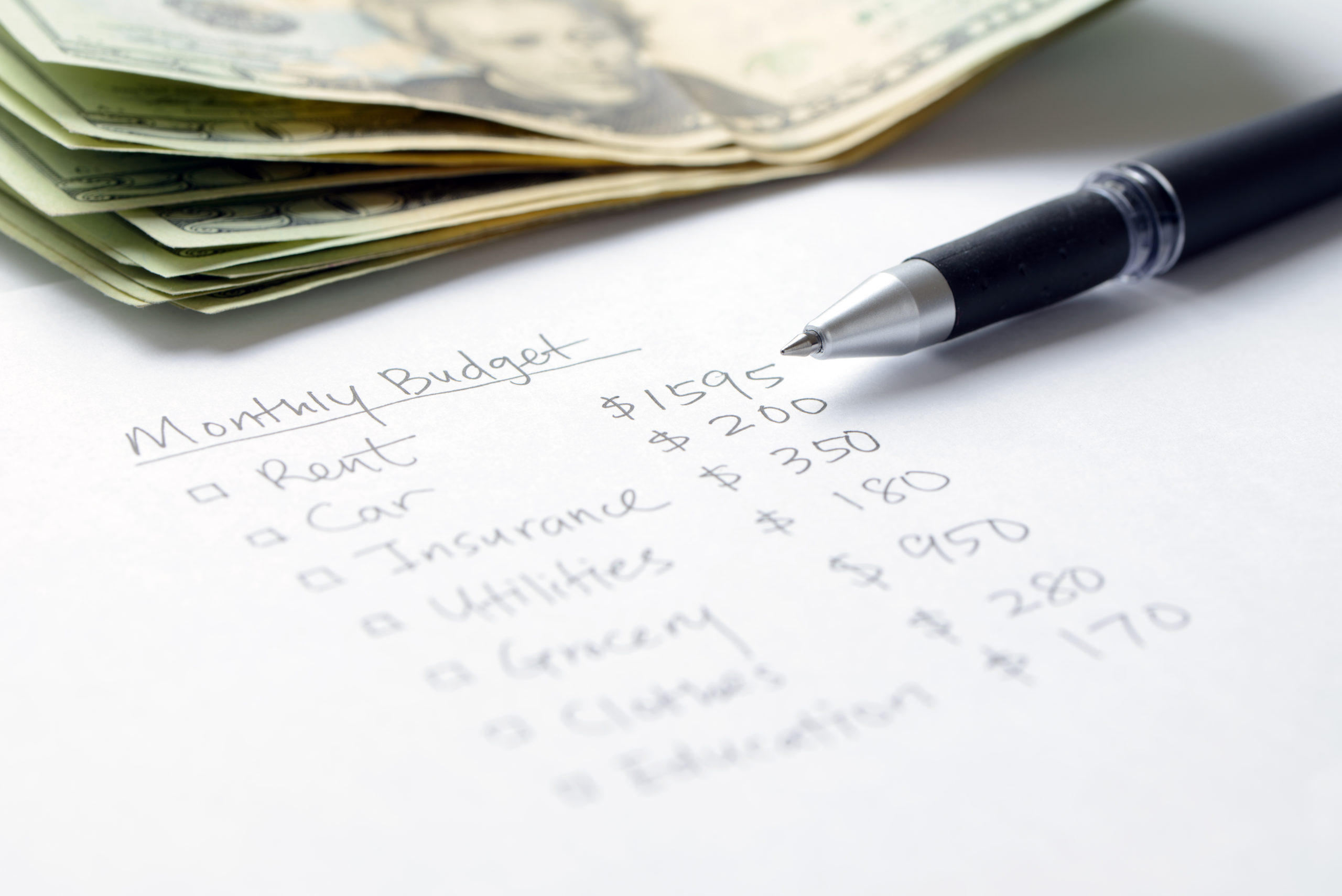
If you read my article focusing on financial success in your twenties, you will already know how important I believe a proper budget to be. It was one of my five critical success factors. In business, every company sets a budget (the successful ones, anyway). It is astonishing to me that most people ignore the starting point to financial success. If personal finance was a house, a budget would be the foundation. It is from a budget that you draw conclusions on opportunity, and big picture decision making .Let’s take a look at the major aspects of a budget and how to create them.
Cash Inflow
This is going to be the easiest part of the budget for most people. This is all the income you expect to receive on an annual basis after taxes. If your income is earned evenly throughout the year, calculate this as a monthly figure. We ultimately want our budget to be on a per month basis. Most of you will be able to take your weekly or bi-weekly check and multiply by two or four.
Cash Outflow
This is where the real legwork to the budget begins. Cash Outflow can fall into three categories. Mandatory (those expenses which can not be avoided), optional but recommended (expenses that while you could avoid, really should not be) and discretionary (expenses that are completely avoidable). Let’s focus on each.
Mandatory: For mandatory expenses, write down anything you can think of that you have to pay. It will be best to comb through your bank statements to search for them in case you miss them. We want to get a monthly average. So, if it’s a once a year expense, divide by twelve. Here are some examples:
Mortgage/Rent, Utilities, Car Payment, Auto Insurance
Groceries, Health Insurance, Gasoline, Loans
Optional but Recommended: This category includes two major items, but could be more depending on you as an individual. To me, the two major players here are savings and retirement. As a general rule, you should shoot for contributing 10% of your before tax earnings to retirement each pay period. For savings, it is a good idea to have 6 months living expenses saved for an emergency fund. Remember the mandatory expenses we just calculated above? Take that monthly figure and multiple by 6. That’s your target for a six month emergency fund. Set a reasonable monthly contribution amount to work toward that, and incorporate that into your budget to stick to.
Discretionary: Now that we have our inflow, mandatory, and recommended expenses, we can back into our discretionary spending. This is what’s left over from the inflow less our mandatory and recommended expenses. This is your fun money. Everything else has been met, including some recommended expenses like savings and retirement, so you can spend this money guilt free. A great way to stick to this is to take this monthly amount, divide by 4, and have a separate debit card used for your fun discretionary money that has this weekly amount automatically transferred to it from your main account. If you only allow yourself to use this debit card for fun activities, it will be impossible for you to go over. It’s The modern version of the paper envelope system.
Wrapping it Up
If you don’t have a budget, you may think you have a great handle on your finances when, in actuality, you don’t. The first time I did this I was amazed at how much money I was spending at Dunkin Donuts after reviewing my bank statements. Once your budget is created, review it annually to see where any updates may be necessary. Use it as a tool to see what you can do to better yourself and where you may be able to cut back. After it’s completed, it is a great starting point with a financial planner to see what you can do to improve your finances.
They can also tailor some of the generic advice I provided like “10% to retirement” and “6 months in cash savings” to you to see if more or less makes more sense. Without an idea of where you’re coming from, though, it is impossible for you or anyone else to make sure you are on the right track. So, be sure to take the time to do this accurately. You’ll be much better off for it.
Contact Us
Book an Appointment
- 1-508-747-5249
Sign up for our newsletter!
(We do not share your data with anybody, and only use it for its intended purpose)

Leave A Comment